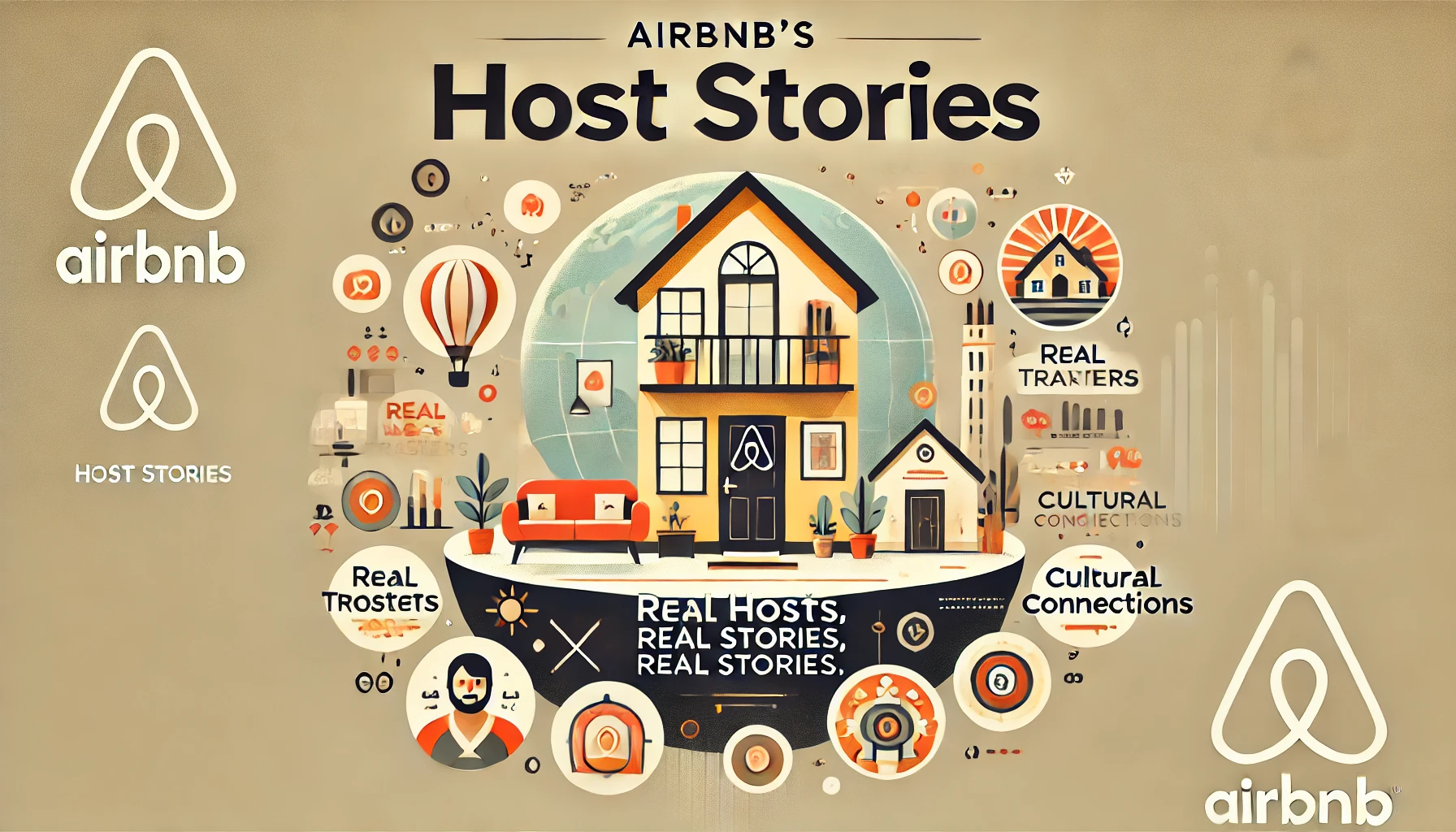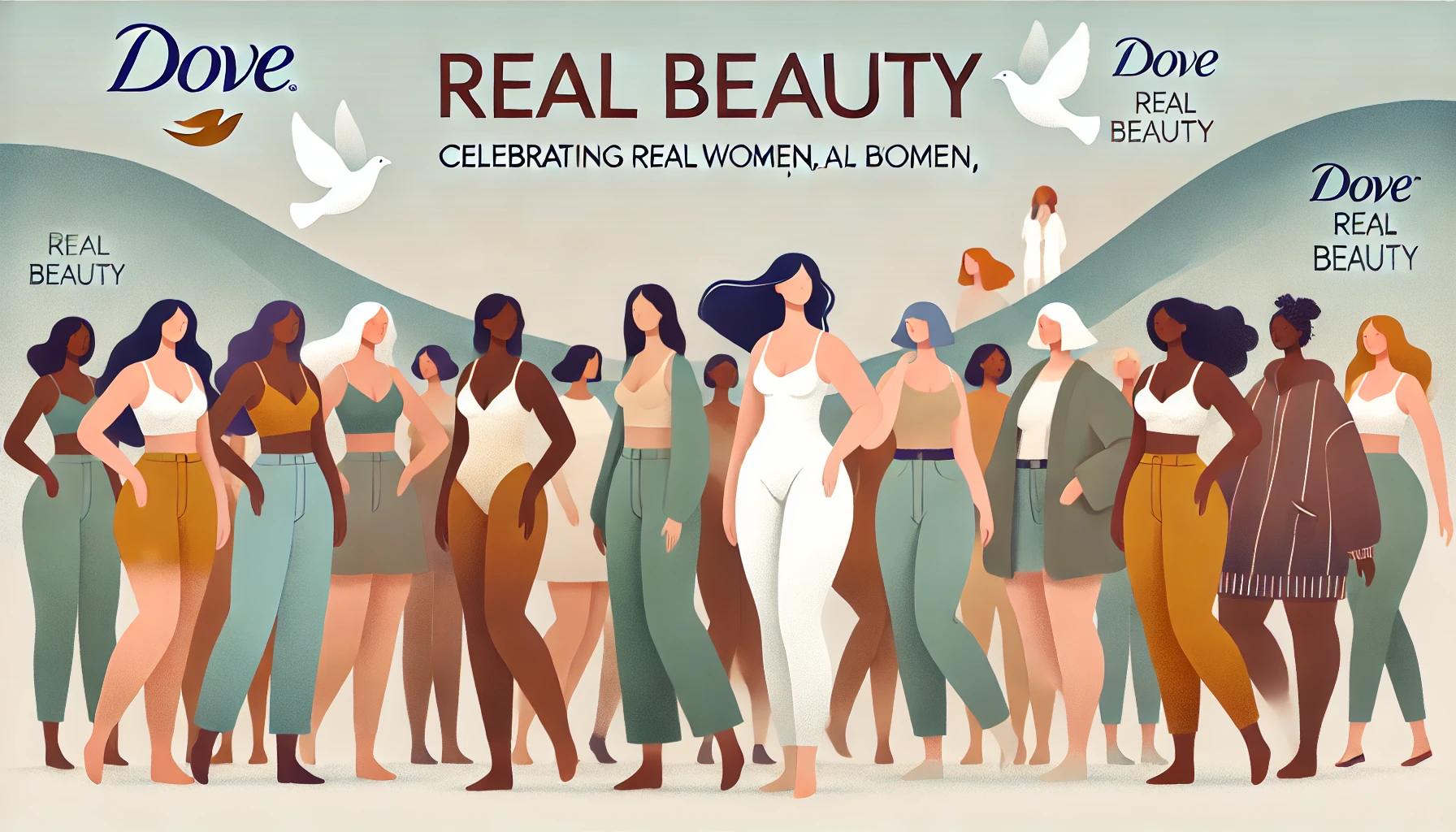The Power of Storytelling in Marketing: How to Connect with Your Audience
Team Chapter-001
Storytelling Experts

The Art of Storytelling
Crafting narratives that resonate with your audience and drive engagement
In today’s digital age, consumers are constantly bombarded with advertisements, making it increasingly difficult for brands to capture and retain attention. One of the most effective ways to break through the noise is through storytelling. By weaving compelling narratives, brands can create emotional connections, foster trust, and leave a lasting impression on their audience. In this guide, we’ll explore the power of storytelling in marketing and how businesses can leverage it to connect with customers.
Storytelling Impact
Emotional Impact
Memory Recall
Engagement
Conversion
Brand Storytelling Checklist
0% completeDefine your brand's core values and mission
Identify your target audience's pain points
Create a relatable protagonist (customer or brand)
Establish an emotional connection
Structure your narrative with a clear arc
Include authentic, real-world examples
Ensure consistency across all channels
Measure emotional response and engagement
Get Storytelling Tips
Subscribe to our newsletter for weekly tips on crafting compelling brand stories.
What is Brand Storytelling?
Brand storytelling is the practice of using narratives to communicate a company’s values, mission, and purpose in a way that resonates with its audience.
Examples of Brand Storytelling
Apple: Apple’s marketing campaigns often emphasize innovation, simplicity, and the customer experience.
Nike: Nike tells stories of perseverance and triumph in sports, inspiring consumers with campaigns like 'Just Do It.'
Coca-Cola: Coca-Cola uses storytelling to evoke feelings of happiness and togetherness.
Why Storytelling Works
Storytelling is effective in marketing because it taps into human emotions and cognitive processes.
Engages the Brain
Stories activate multiple areas of the brain, making messages more memorable.
Builds Emotional Connections
People buy based on emotions and justify their decisions with logic.
Increases Brand Recall
Consumers are more likely to remember stories than traditional advertisements.
Influences Decision-Making
A relatable and inspiring story can motivate consumers to take action.
Elements of a Great Brand Story
To create impactful storytelling, brands must incorporate key elements that make their narratives compelling.
Key Elements for Compelling Stories
Authenticity
Consumers can spot inauthenticity from a mile away. A genuine brand story should reflect the company’s core values and mission.
Avoid exaggeration or misleading claims—honesty builds trust.
Relatability
The audience should see themselves in the story.
Use real-life experiences, customer testimonials, or behind-the-scenes insights to make the story relatable.
Emotional Appeal
Stories should evoke emotions such as joy, hope, or inspiration.
Tap into universal human experiences—struggles, achievements, love, and transformation.
A Clear Message
The story should align with the brand’s identity and communicate a clear message.
Avoid overly complex or ambiguous narratives that might confuse the audience.
How to Incorporate Storytelling into Your Marketing
Ways businesses can leverage storytelling effectively.
Effective Storytelling Channels
Customer Success Stories
Narrative-Driven Content
Social Media Storytelling
Email Marketing with a Personal Touch

Storytelling Strategy
Choose the right channels to share your brand's unique story.
Examples of Brands That Do Storytelling Well
Companies that excel at brand storytelling.

Airbnb
Airbnb’s 'Host Stories' campaign features real stories of hosts who share their homes and cultures with travelers worldwide.

Dove
Dove’s 'Real Beauty' campaign challenges traditional beauty standards by featuring real women of different ages, sizes, and backgrounds.

Google’s 'Year in Search' campaign compiles global searches from the past year to highlight moments of hope, resilience, and unity.
Conclusion
Storytelling is a powerful marketing tool that helps brands connect with their audience on a deeper level. By crafting authentic, relatable, and emotionally compelling narratives, businesses can differentiate themselves and build lasting relationships with customers. Whether through customer testimonials, social media content, or brand-driven campaigns, storytelling has the potential to make a brand more memorable and influential. Start incorporating storytelling into your marketing strategy today and watch your brand engagement soar!



